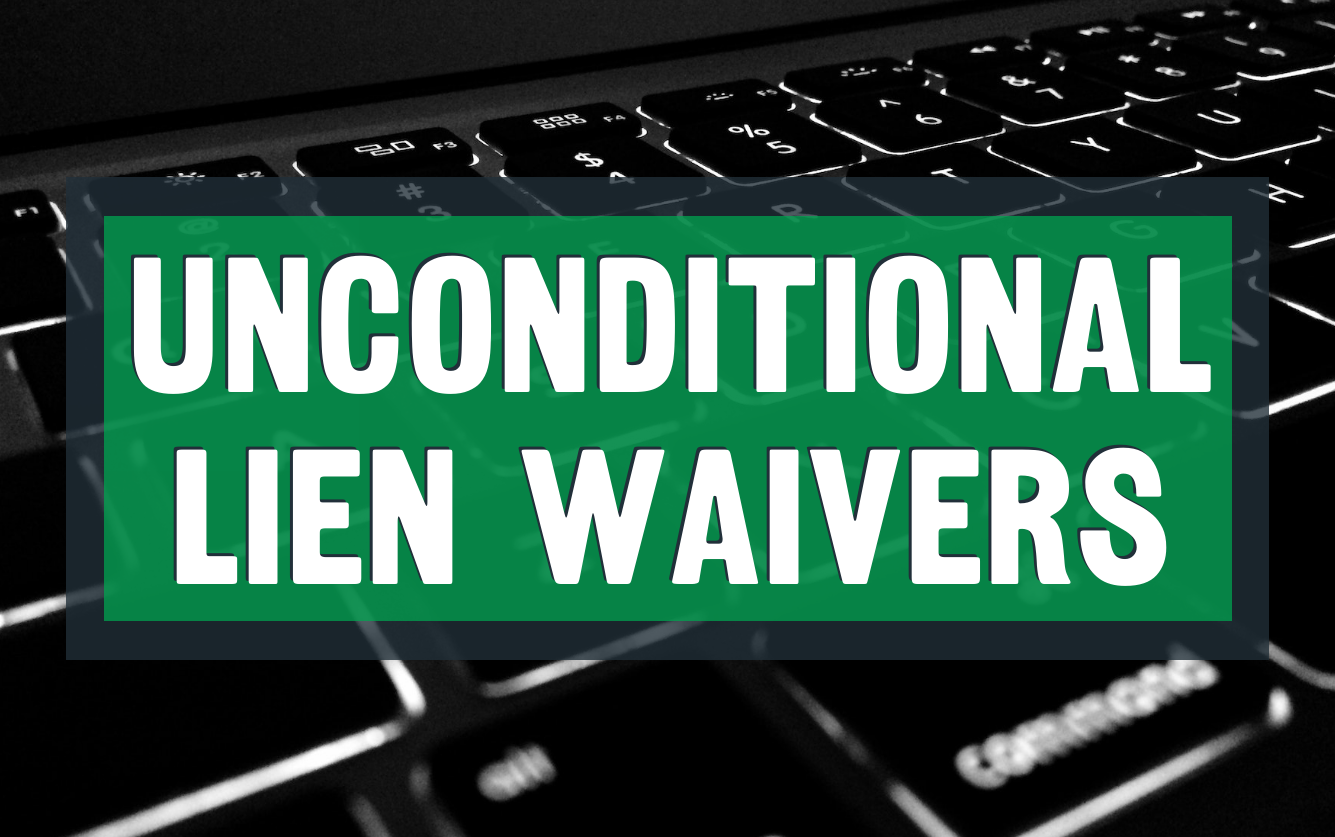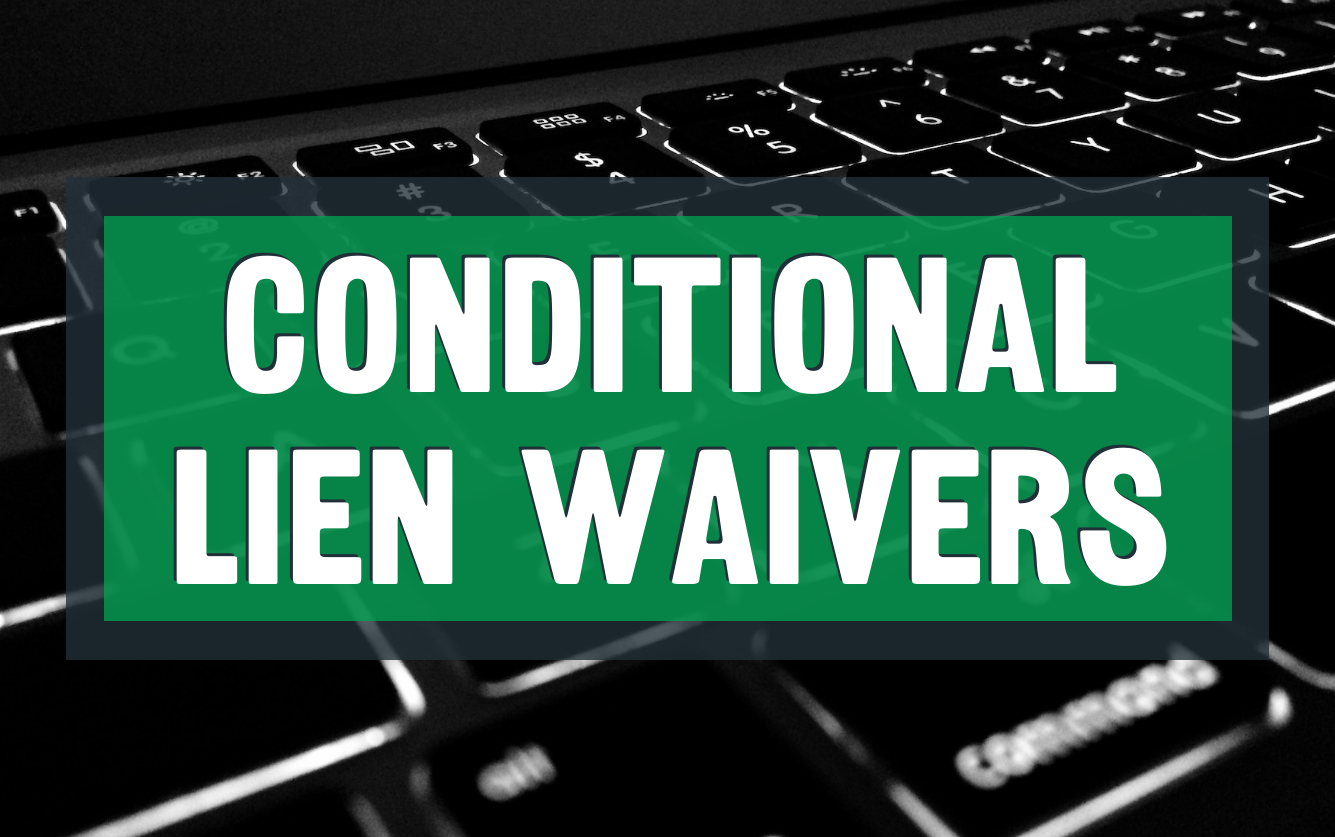
Filing Mechanic’s Liens Will Reduce the Need to Place Accounts for Collections
Every day, credit professionals across all industries review and assess risk. That’s what we do – we are “Risk Assessors” – like some kind of super hero, with special powers to mitigate risk, reduce DSO and improve cash flow!
OK, we don’t get a cape and we miss out on that whole “secret identity” thing, but we are super heroes. We are expected to do more with less, balance the demands of our sales people while protecting the financial assets of our companies, and at the end of the fiscal year, we need to demonstrate that we reduced company write-offs while improving sales.
But, How Do We Mitigate Risk?
We, credit professionals, are bombarded with statistics (you know, “Big Data”) and see balance sheets and credit aps in our sleep. We listen to industry experts and we take advantage of credit resources and tools.
We understand the true value of a write-off. The cost of write-offs to a company can be crippling. A write-off of $50,000 at a 30% margin means you would have to generate $166,666 in additional sales to recover that lost profit. If you operate at a 15% margin the additional sales mushrooms to $333,333.
We recognize that it may not be an issue when one customer is slow paying, but that it’s never just one customer; it is several customers and it can have a significant impact on our cash flow. If we have 10 accounts paying an average of 20 days late and each is invoicing at $50,000 we could have $500,000 + outstanding.
Uncertainty is always on our tail – even if we had a super hero cape, we wouldn’t be able to outfly uncertainty.
We Take Advantage of Proactively Securing Our Receivables
Implementing a Mechanic’s Lien/Bond Claim Process is one of the greatest securities available to the construction credit professional. Leveraging your position as a secured creditor will have a positive impact by reducing DSO; in fact, NCS clients experience an average of 25% reduction in DSO, with some clients experiencing reductions as high as 50%.
Each state in the U.S., the U.S. Possessions and the Canadian provinces have laws in place to protect companies that supply materials/labor to the permanent improvement of a property. However, contractors and suppliers must strictly adhere to the rules set forth in the statute in order to perfect their security. Let’s think of the mechanic’s lien process as a three step process (albeit this is an over simplification): Notice > Mechanic’s Lien > Foreclosure.
Notice > Mechanic’s Lien > Foreclosure
Before sending a notice, you should gather project information – always. It is imperative for you, as a creditor, to know who lies between you and your money. Know the contractual chain (owner, general contractor, subcontractor, lender etc.), where the project is located and the project type. Make this a standard practice, much like securing credit references or running a credit report. It’s also important to become familiar with the mechanic’s lien statute for the state in which your project is located.
Pro Tip: Gather project information at the time of the contract; it is infinitely easier to gather project information at the onset of the project!
- Serve a Preliminary Notice (aka Notice to Owner, Notice to Contractor, Pre-Lien Notice) on every project. It is a low cost way to ensure you are taking the proper steps to secure mechanic’s lien rights. If serving a notice on every project doesn’t fit within your model, then set a dollar threshold. Determine what you are willing to lose in the event of default and serve a notice on any order over that value – e.g. serve notices on all projects that have a contract of $10,000 or more.
- If you intend to serve preliminary notices on your own (i.e. without the assistance of a preliminary notice expert), make sure the documents are aligned with the statute requirements. Too many companies have found themselves with an invalidated mechanic’s lien because of errors in their preliminary notice.
- File a mechanic’s lien. If the preliminary notice and subsequent demand letter do not prompt payment, then it is time to proceed with a mechanic’s lien. It is recommended to have copies of invoices, bills of lading, the statement of account and copies of various communications, to support your claim. (Some states actually require the invoices be attached to a copy of the mechanic’s lien when sent for recording.)
- Foreclose. In the event you remain unpaid, the final step is to proceed with suit to enforce the mechanic’s lien. Suit is typically a slow (and costly) process, due to the various facets of litigation.
Pro Tip: When enforcing a mechanic’s lien, it is best to utilize an attorney who is well versed in construction/mechanic’s lien laws and familiar with the project itself (including issues surrounding change orders, back charges, etc.).
Bear in mind, everyone has a specialty and that is what makes them great – would you ask your cardiologist to fix your car or ask your mechanic to fix your heart?
A preliminary notice is a low cost proactive alternative to the reactive high cost and high stress associated with collections. It pays to be proactive.








